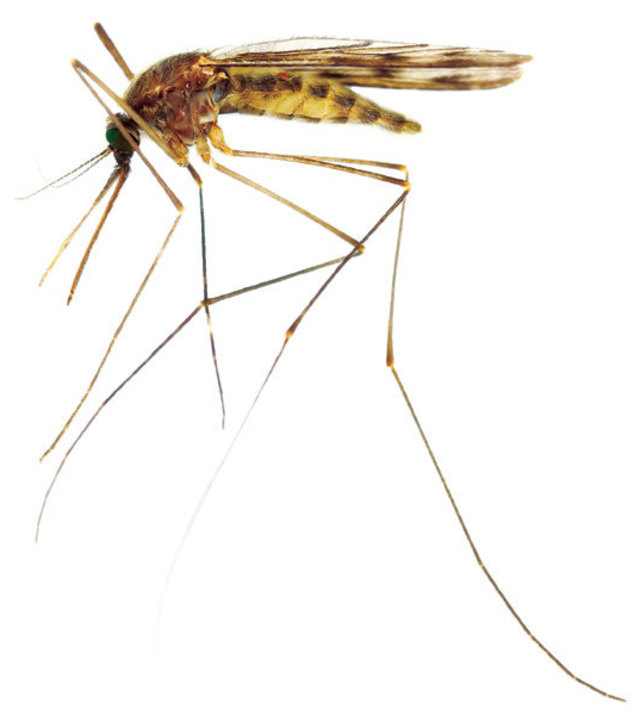Mosquitos: the Rodney Dangerfield of the Insect World

Image: Shutterstock
Not so much recently, but every now and then, someone calls for the entire city of Houston to be domed. This periodic descent into the cockamamie is usually offered as an antidote to heat and humidity, and not as a method of mosquito relief, which is odd when you consider how much the insects have tortured and shaped our city for almost two centuries.
“The present generation cannot appreciate the horrors of a yellow fever epidemic,” claimed Samuel Oliver Young in 1913, writing in True Stories of Old Houston and Houstonians. “One case would appear, then two or three, and then people would be taken down by the hundreds.” The city experienced its first outbreak in 1839, just a few years after its founding, with the first of nine epidemics it would experience over the next 28 years. Ten to twelve percent of Houstonians died that year, which is saying something even when a city’s population is just above 2,000. And it wasn’t until 1900 that anyone knew the culprit, the Aedes aegypti mosquito.
“Have mustard, castor oil, orange leaves, or some other materials for making a sweating tea on hand, ready at a moment’s call,” advised the Houston Daily Telegraph during the 1867 outbreak. Houstonians would have done better to follow the Karankawa Indians’ prescription and anoint themselves with alligator grease and shark oil.
In the 20th century, mosquitos became more of a nuisance than a threat, although they continued to enjoy spreading disease. In 1935, at least 1,500 cases of malaria were reported locally, with outbreaks of St. Louis encephalitis occurring in 1964 and 1976. (That 1964 outbreak was severe enough to require the mobilization of 50,000 Boy Scouts, who were enlisted to seek and destroy mosquito habitats.) Then, in 1985, after some old tires in the hold of a Japanese freighter proved a perfect stowaway spot, Houstonians found themselves contending with the deadly Asian tiger mosquito. Since implicated in everything from dengue fever to heartworm in pets, they launched their North American invasion from right here in the Port of Houston, where they now co-exist with their cousins, the culex pipiens, or “house mosquito,” as ever the most common species in town.
Accordingly, the Bayou City suffered a dengue fever outbreak in 2003, although no one knew this until a decade later, after a group of Baylor College of Medicine researchers studied some cold-case blood samples of mystery illness victims. And following the drought of 2011, West Nile virus, first identified here in 2002, came roaring back, producing 116 confirmed cases and four deaths.
Which brings us to the present, with experts warning of yet another new mosquito-borne ailment on the horizon, chikungunya. The name, which like the disease is of East African origin, means “that which bends up,” a reference to the arthritic-like joint pain produced by an infection.
But hey, we told ourselves, desperate to end this cheerless story on a cheery note—at least we’re done with yellow fever, right?
No such luck. Asked by KTRK in May if there could ever be another outbreak, Baylor’s Peter Hotez had this to say: “We have the Egyptian mosquito, which is the most efficient transmitter of the yellow fever virus, so yeah, I think that’s a definite possibility.”
Break out the alligator grease.




